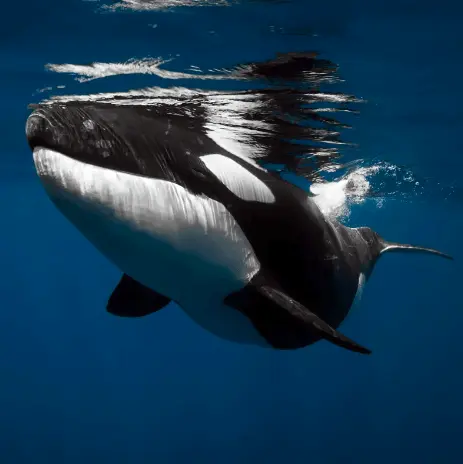
Commonly Asked Questions about Orcas in the Sea of Cortez
Orcas can be found in the waters around Isla Espiritu Santo (Holy Spirit Island) year-round, though their presence becomes more noticeable during the mobula ray aggregation season, from late March to July, and again from January to April when they are hunting. The best chances for sightings are often during these peak times, particularly from March to July when they interact with the massive schools of mobula rays, or in the early spring when they are feeding on sea lions.
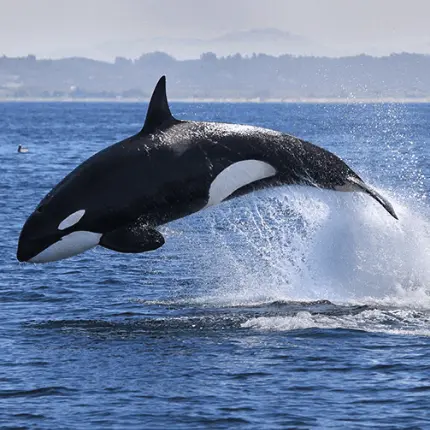
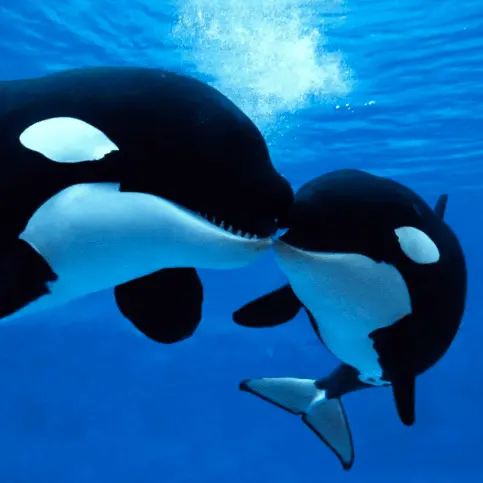
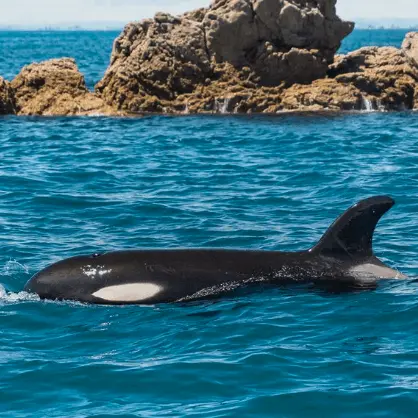
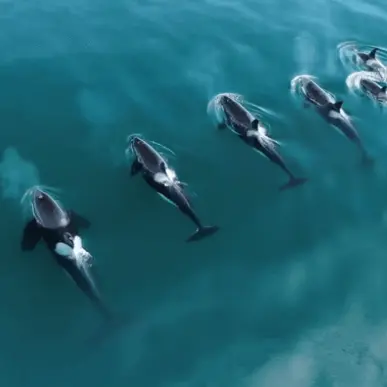
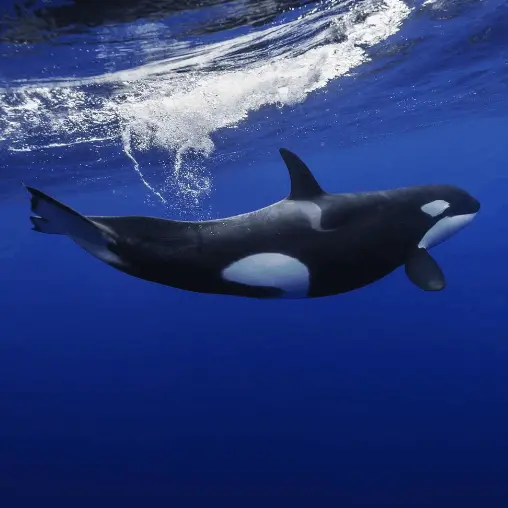
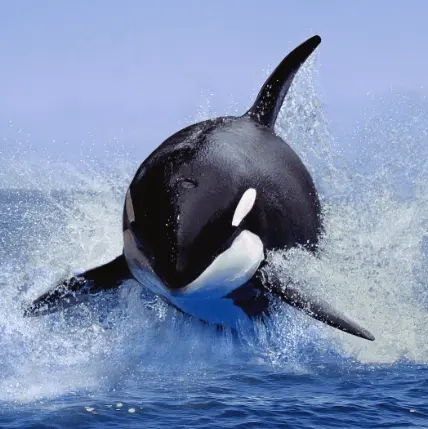
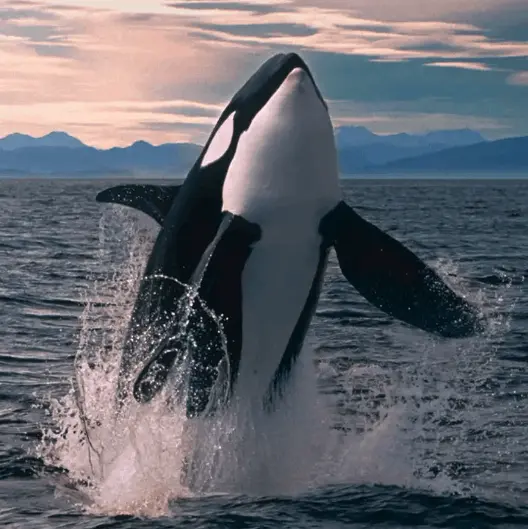
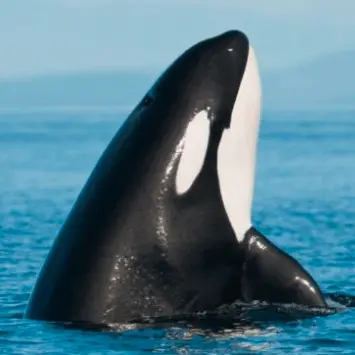
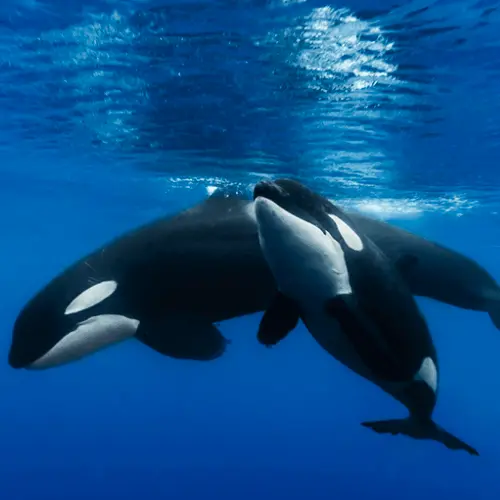
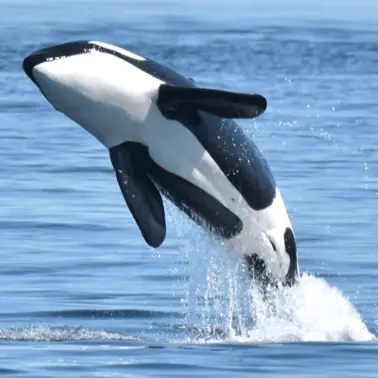
Follow Us